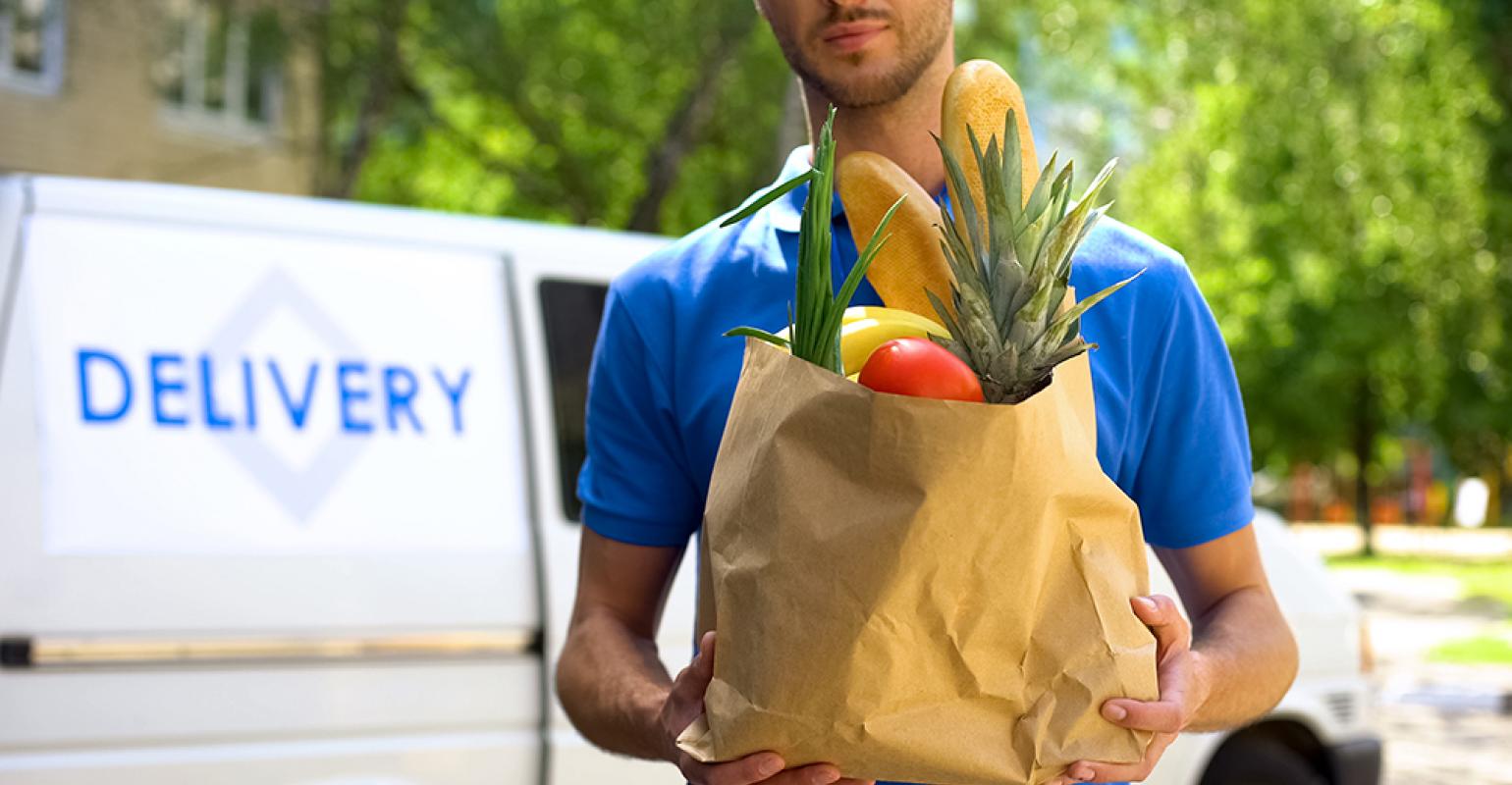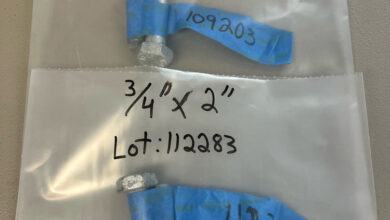The hidden costs in grocery delivery apps

The New York State Division of Consumer Protection (DCP) is alerting consumers about the hidden costs in grocery delivery apps and providing tips to help save money when opting for delivery services. During the COVID-19 pandemic, consumers more than doubled their use of food delivery services. Unfortunately, most consumers do not see the additional fees on grocery deliveries until checkout or when they directly compare prices in-store. Stores frequently charge more for items they offer for delivery and replace items for something more expensive when an item is out-of-stock.
“Grocery store delivery has been a critical service many New Yorkers have relied on for staying safe during the COVID-19 pandemic,” said New York State Secretary of State Rossana Rosado. “To avoid being surprised at checkout with additional fees, consumers should check their delivery orders carefully when they receive them and follow basic tips to save money.”
“As a result of the expansion of retailers across New York State that accept Supplemental Nutrition payments for online food purchases, an increasing number of SNAP recipients are ordering groceries for delivery or pickup, “ said Mike Hein, commissioner of the state Office of Temporary and Disability Assistance, which oversees SNAP. “While SNAP benefits cannot be used to pay for delivery fees or gratuity, all shoppers should be aware of these charges in advance before they place an online order.”
The Division of Consumer Protection recommends the following tips to save money when using grocery delivery apps:
1. Make a list. Food is one of the top national impulse purchases across all age groups and can contribute to 20 percent or more of a grocery bill. If you shop on the app with a list, the bill will likely be lower because you are not walking through the aisles.
2. Choose store pickup, next day. Curbside pickup allows consumers to save money on delivery fees, but some stores charge a premium to pick up your items close to your order time. Place your order a day before you need it, to keep fees down.
3. Shop around. If you are ordering food from one grocery store, see what the same order would cost you on another app or grocery store in the same area. Searching on “grocery delivery near me” is a good way to find out what stores and apps will deliver to your location.
4. Search for more. Availability may vary, depending on the app, so consumers may have to look for those items elsewhere online. Consumers should be aware that shopping on multiple apps results in separate fees and delivery charges.
5. Confirm the gratuity policy. Often the grocery delivery people work as independent contractors and are not paid an hourly wage; instead receiving a per delivery stipend. Thus, the gratuity added is an important part of their income. Some delivery companies keep a portion of the gratuity charge rather than passing it on to the drivers in full. Check the app’s policy to understand what portion makes it to the driver – you may want to choose to cash tip the driver directly.
6. Become a member. Some grocery delivery apps are charging a fee and giving members additional promotions. Depending on the fee and the amount of actual deliveries a member utilizes, it may be beneficial for a frequent user to become a member. It is important to read all the terms and conditions for membership before signing up to ensure membership does not end up costing more over time.
7. Look at reviews. If you have never ordered from a grocery store before, check out reviews to see what to expect. Also check out the delivery services reviews in your area since delivery services are based on individual drivers and can vary greatly in different locations.
8. Check your order upon receipt. Stores may substitute items for more expensive alternatives. To save money, consumers should understand the store’s return policy and return the items to the store, if less expensive options are available.
9. Separate services, separate complaints. If there is a problem with your groceries, the delivery person is not necessarily connected with the grocery store. When you have an issue with your groceries, try contacting the grocery store first.
To learn more smart shopping tips, consumers are encouraged to sign up for a free webinar hosted by the Division of Consumer Protection entitled, “Savvy Shopping Tips for Smart Consumers,” which is taking place on March 25 at 6 p.m. Register to participate at https://bit.ly/2ZTMPWR.
Consumers who encounter problems with grocery delivery services are encouraged to file a complaint with the Division of Consumer Protection. Call the DCP Helpline at 800-697-1220, Monday through Friday, 8:30 a.m. to 4:30 p.m. or visit www.dos.ny.gov/consumerprotection.
Provided information





